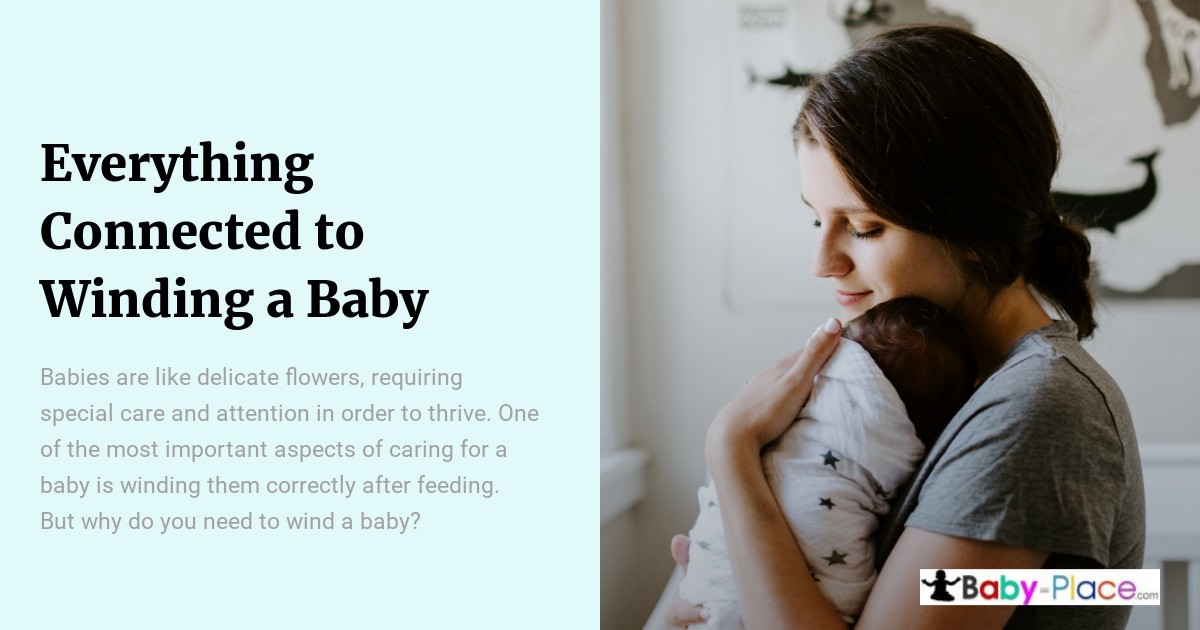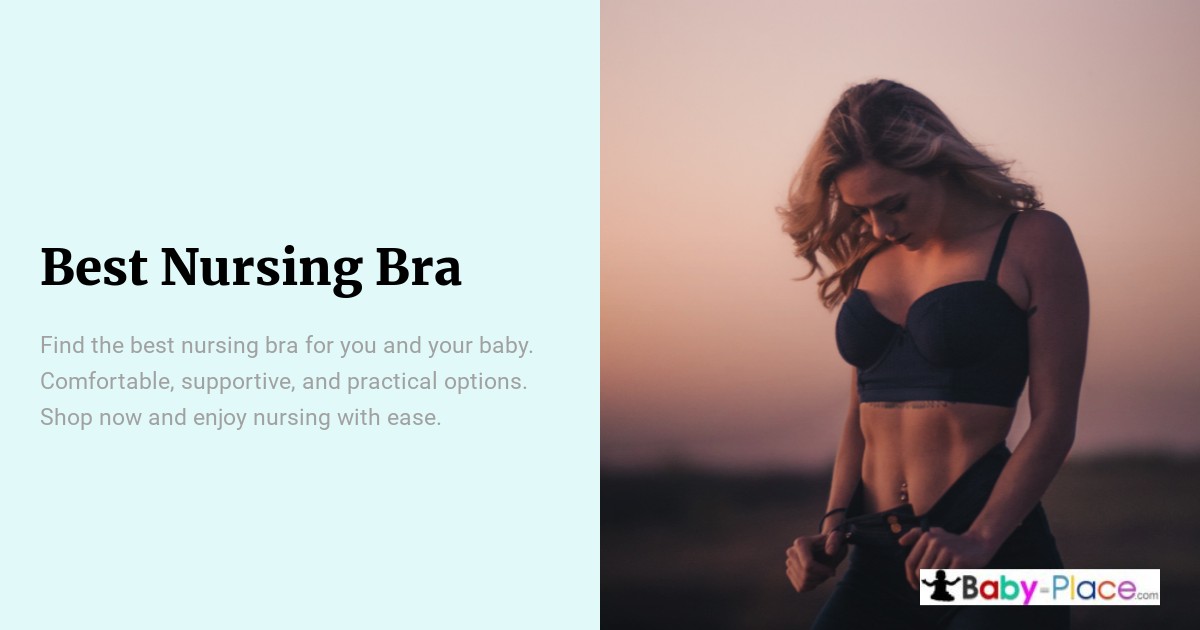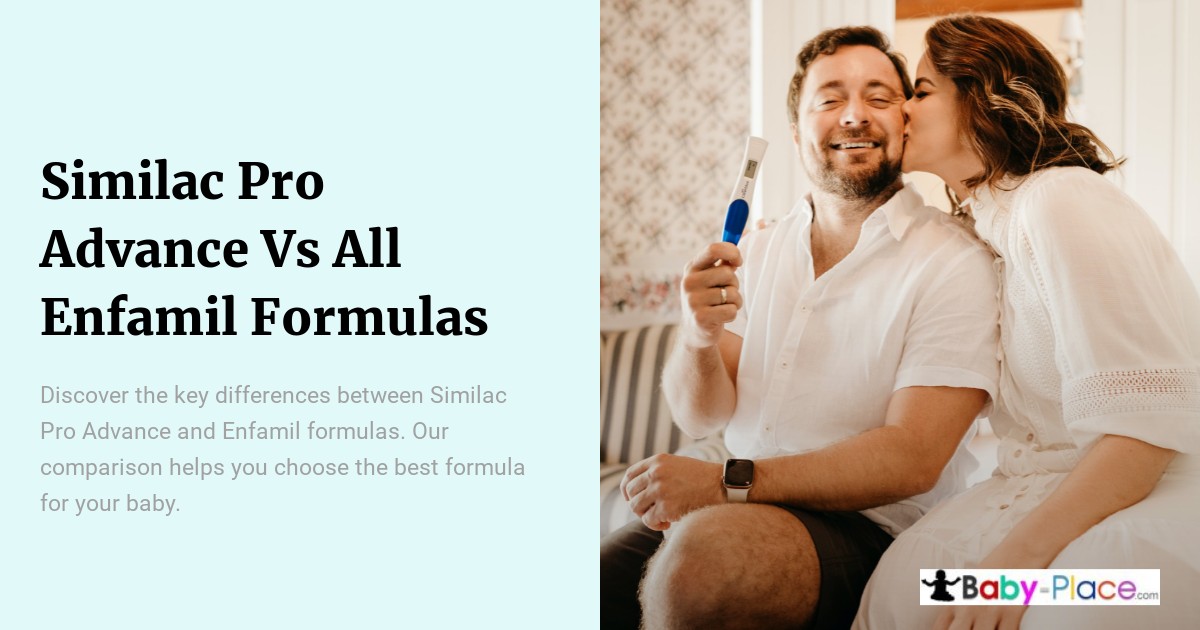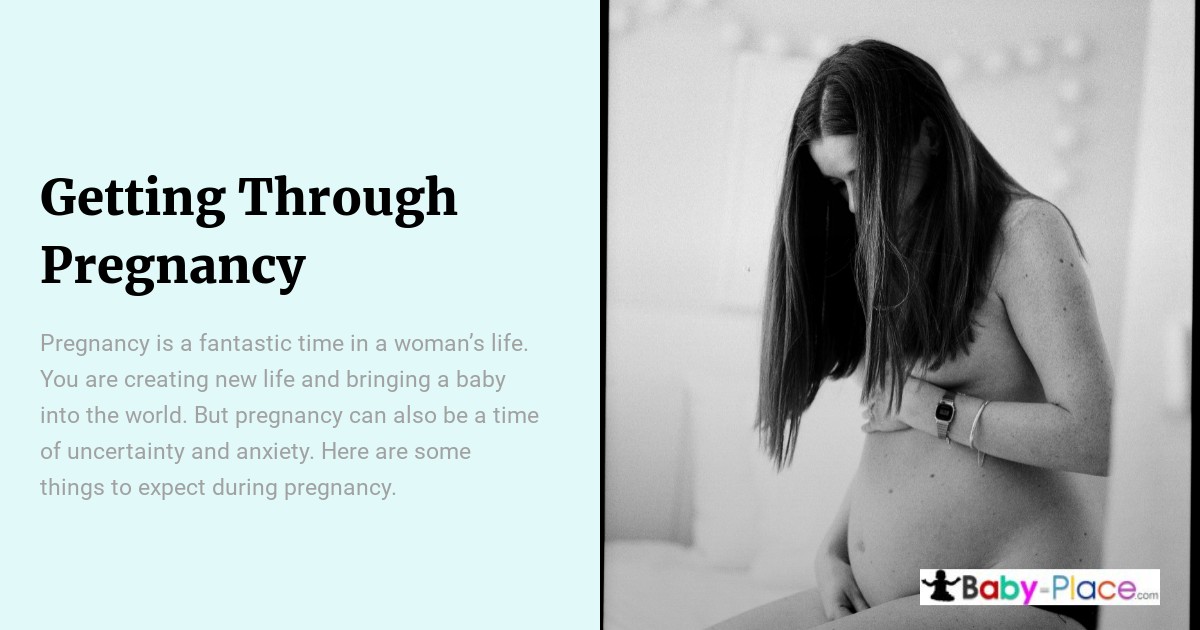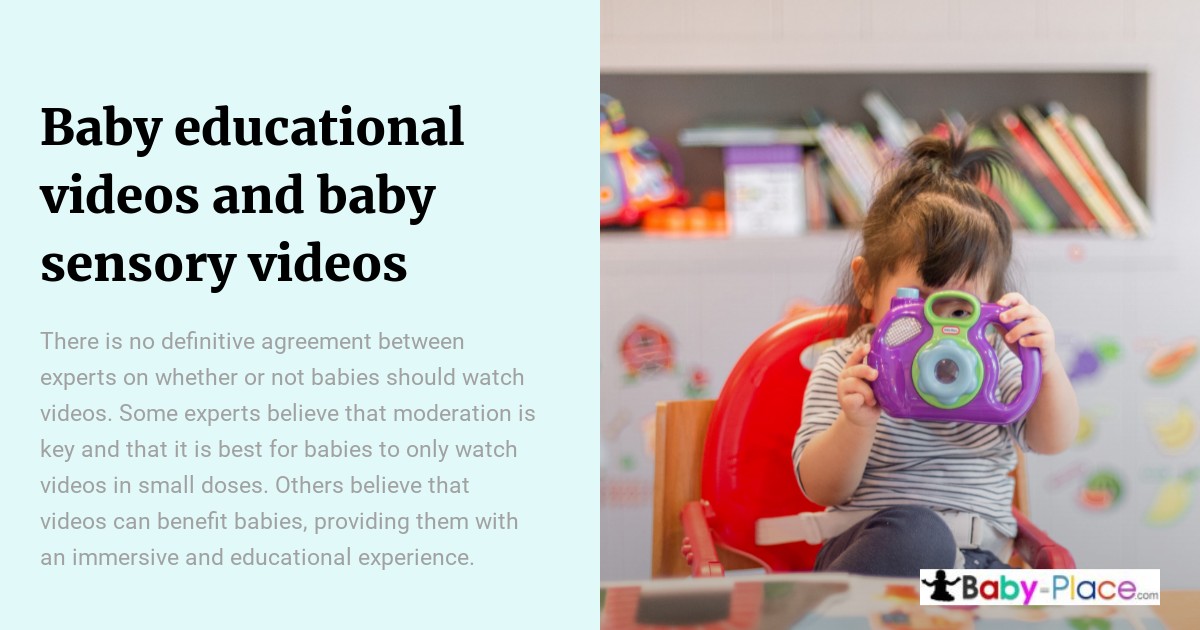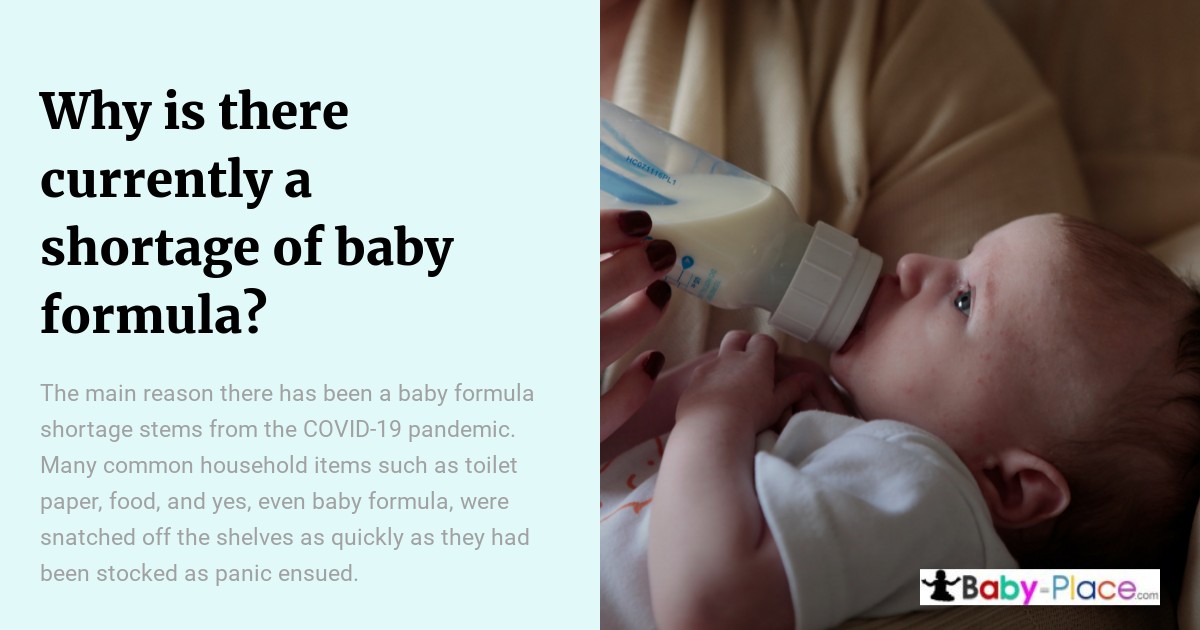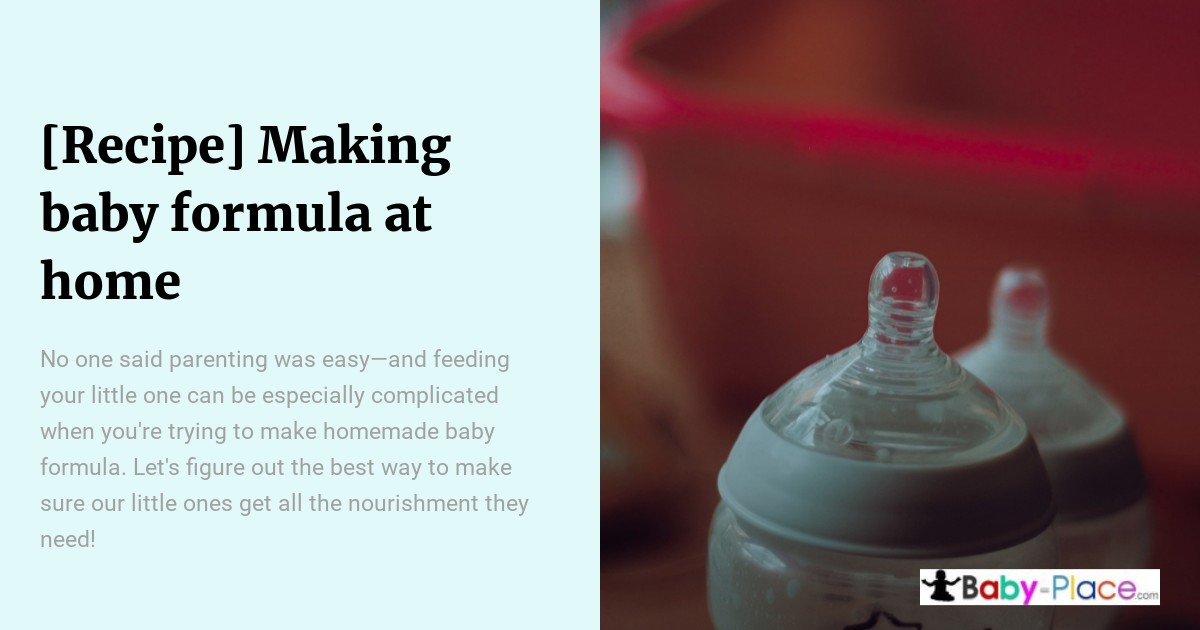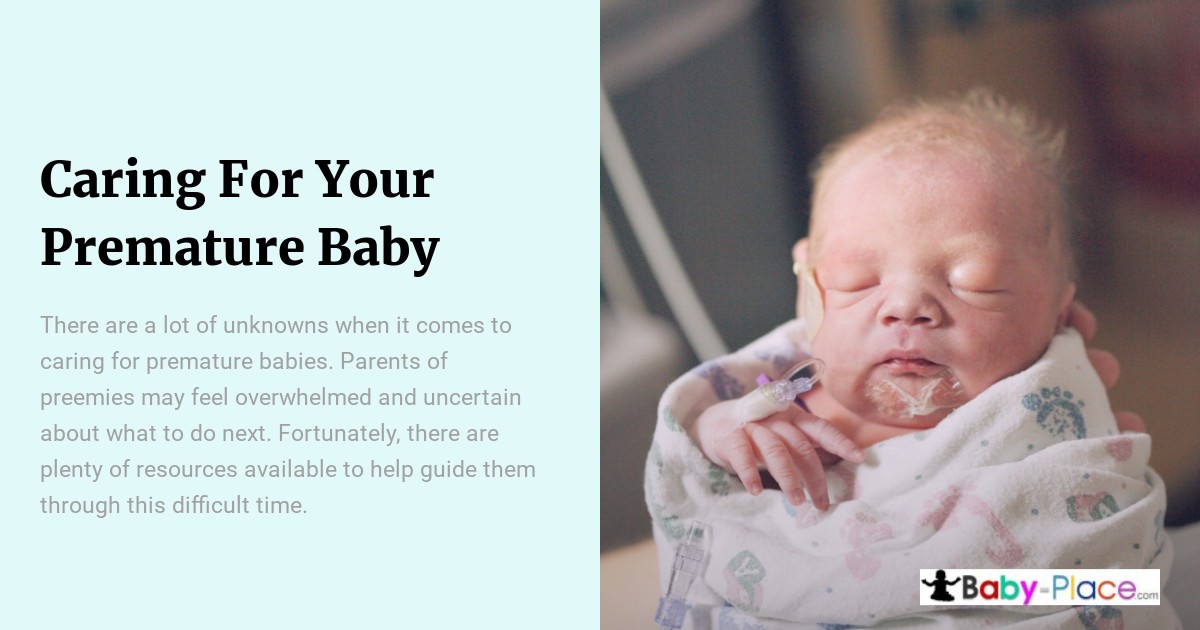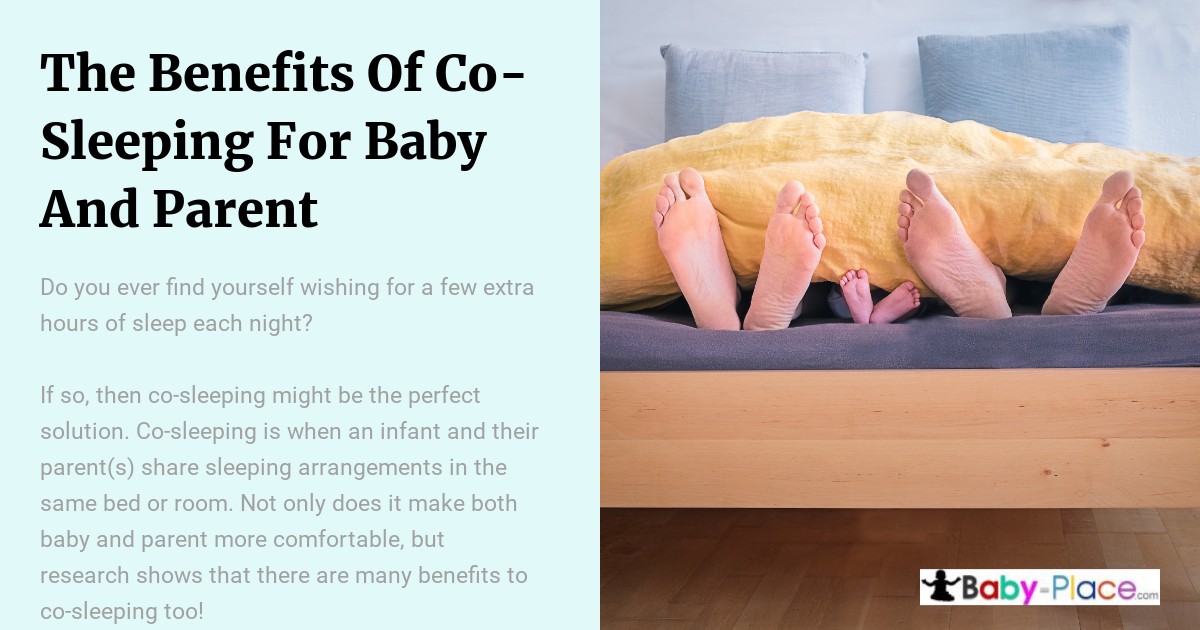What is Neosure?
Similac makes Neosure. You can find it sold in the formula aisle of any decent discount or grocery store that normally sells formula. You can also buy it at all major supermarkets likely to have a larger stock.
Pediatricians will tell mothers to use Similac Neosure as a calorie booster for kids who aren’t growing as much as they should (mainly used for premature infants).
Often, a pediatrician will recommend Neosure when a baby is not feeding nicely and not gaining enough weight.
One solution is to mix a certain amount of Neosure to the breastmilk to increase the calorie content.
Most doctors won’t go above the 24 cal/oz mix (the can of Neosure has a scoop that mixes at 22 cal/oz). Also, Similac Neosure has a slightly different vitamin/nutrient mix for children who need more of a nutrient boost.
What is Neocate Infant Formula?
Neocate is also a formula used to feed infants, but it is completely different from Similac Neosure.
Forms of Neocate (Neocate Pediatric E028, Neocate one plus juice boxes, Neocate Plus) are available only by prescription and must be ordered through a pharmacy or chemist.
According to the manufacturer’s website:
“Neocate Infant Formula is an elemental infant formula designed to provide complete nutritional support for infants with cow milk allergy and multiple food protein intolerances.
Neocate Infant Formula is hypoallergenic and is proven safe in severely allergic infants who cannot tolerate soy formulas or protein hydrolysates.
Neocate has many forms that can be used for children up to age 10. Most children prescribed Neocate for the long term are usually critically ill in some way. This could be food absorption problems.
Neocate is also VERY expensive. A $50 tin can last only a few days for infant formula.
Neosure (Similac) is slightly more expensive than regular formula– but usually no more than $13 a can/ 5-6 days.



